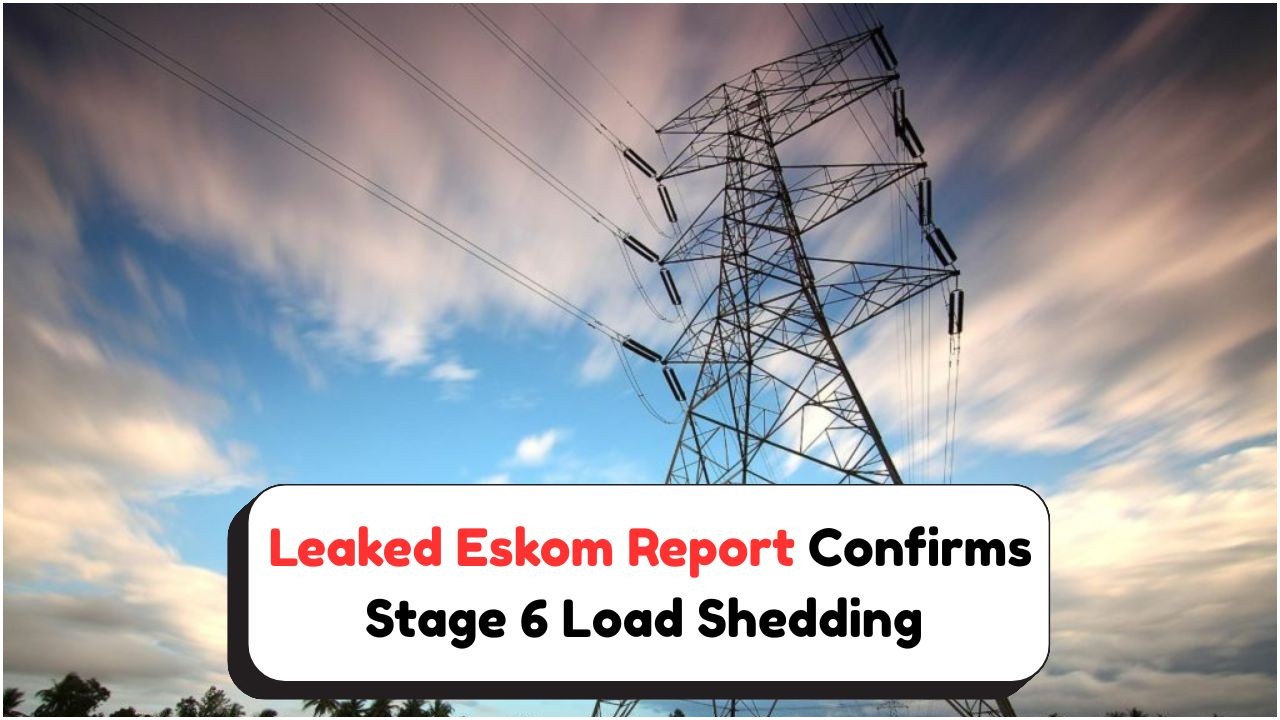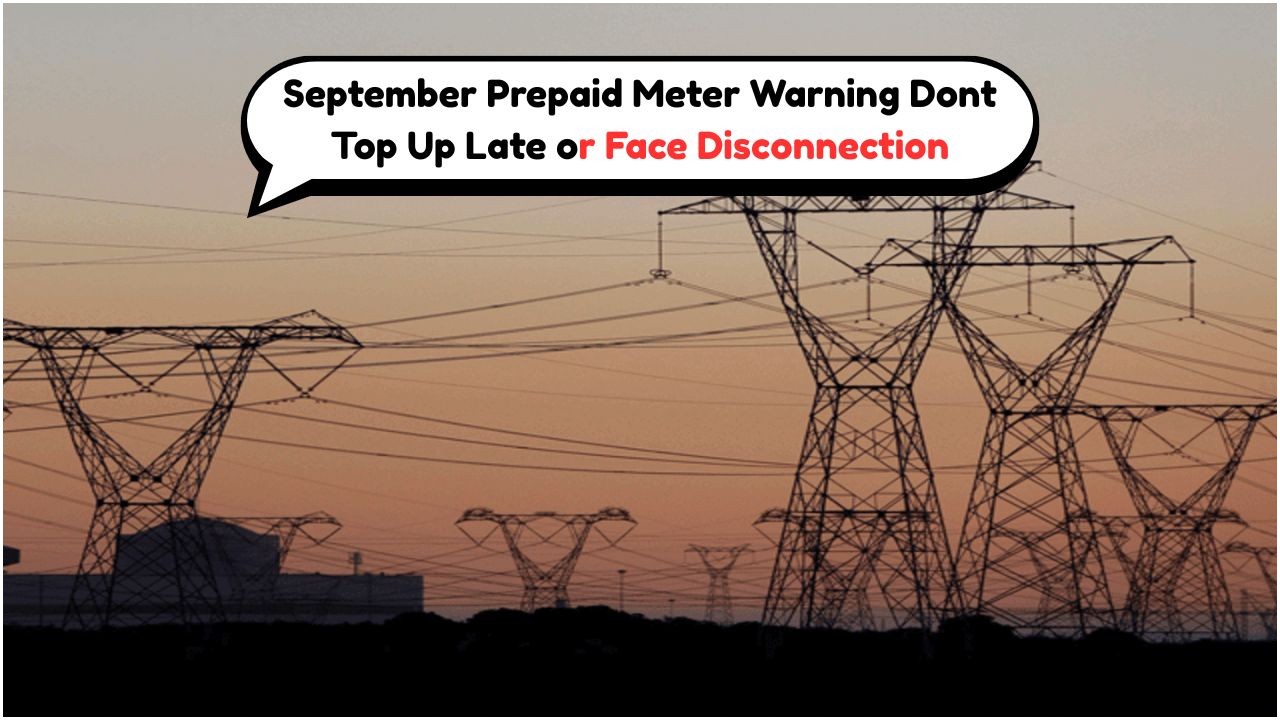Eskom’s Stage 6 Load Shedding: As South Africans brace themselves for another challenging month, Eskom’s Stage 6 load shedding is poised to disrupt daily life in August. The power utility’s emergency strategy aims to mitigate the impact on households and businesses, but the reality remains daunting. With rolling blackouts set to become a part of the routine, citizens and industries alike are compelled to adapt to the unpredictable electricity supply. The strategy, while necessary, reflects the ongoing energy crisis that has plagued the nation for years. This August, the focus is on resilience and innovation as communities strive to cope with the power cuts while looking forward to a more stable future.
Understanding Stage 6 Load Shedding in South Africa
Stage 6 load shedding is a severe measure implemented when the electricity demand significantly exceeds supply. In South Africa, this stage means that consumers could experience up to six hours of power cuts in a single day, often in two or three outages. This level of load shedding is not just a technical challenge but a socioeconomic one, as it affects everything from household routines to business operations.
- Stage 6 involves cutting 6,000 megawatts from the national grid.
- Households can expect power cuts up to 12 times over four days.
- Industries reliant on electricity face operational disruptions.
- Public infrastructure like traffic lights and hospitals are heavily impacted.
- Backup power solutions are becoming more critical for businesses.
How the Emergency Strategy Aims to Alleviate the Impact
The emergency strategy unveiled by Eskom includes a multi-faceted approach to minimize disruptions. This involves increasing maintenance on power stations, enhancing communication with stakeholders, and encouraging energy conservation among consumers. These strategies are designed not only to manage the current crisis but also to lay the groundwork for long-term stability in South Africa’s energy sector.
- Regular updates on load shedding schedules to help with planning.
- Efforts to increase electricity generation capacity.
- Focus on repairing and maintaining existing infrastructure.
- Community engagement programs to promote energy-saving practices.
- Potential partnerships with private sectors to boost electricity supply.
The Economic and Social Ramifications of Load Shedding
The implications of Stage 6 load shedding extend beyond inconvenience; they have far-reaching economic and social effects. Businesses face increased costs due to the need for alternative power sources, and productivity losses are significant. Moreover, the instability can deter foreign investment, impacting economic growth. On a social level, the frequent power outages affect education, healthcare, and basic daily activities, making life more challenging for many South Africans.
 South Africa Faces Major Petrol Price Surge on August 7 – Discover the New Costs at Every Station
South Africa Faces Major Petrol Price Surge on August 7 – Discover the New Costs at Every Station
Comparison of Load Shedding Stages
| Stage | Power Cut Duration |
|---|---|
| Stage 1 | 2 hours |
| Stage 2 | 4 hours |
| Stage 3 | 6 hours |
| Stage 4 | 8 hours |
| Stage 5 | 10 hours |
| Stage 6 | 12 hours |
Community and Government Responses to the Crisis
Communities across South Africa are taking proactive steps to mitigate the effects of load shedding. Many are investing in renewable energy solutions like solar panels and generators to ensure a continuous power supply. Meanwhile, the government is under pressure to fast-track policies and investments that can address the electricity shortfall more effectively.
Load Shedding Impact on Different Sectors
| Sector | Impact | Response |
|---|---|---|
| Manufacturing | Production delays | Installing backup generators |
| Healthcare | Service disruptions | Prioritizing emergency power |
| Education | Interrupted learning | Adopting online resources |
| Retail | Reduced sales | Adjusting operating hours |
| IT Services | Downtime issues | Cloud-based solutions |
Exploring Renewable Energy Solutions in the Face of Load Shedding
As load shedding persists, renewable energy is gaining traction as a viable solution. Solar power, in particular, offers a sustainable alternative that can reduce dependence on the national grid. South Africans are increasingly turning to solar installations, which not only provide independence from load shedding schedules but also contribute to environmental sustainability.
- Solar installations are on the rise in residential areas.
- Businesses are investing in renewable energy to ensure continuity.
- Government incentives are being introduced to encourage solar adoption.
- Community projects are emerging to promote renewable energy use.
- Renewable energy can alleviate pressure on the national grid.
- Long-term cost savings are a significant benefit of solar power.
Challenges and Opportunities in Addressing the Energy Crisis
The energy crisis in South Africa presents both challenges and opportunities. While the immediate impact of load shedding is negative, it also opens the door for innovation and investment in alternative energy sources. By leveraging technology and fostering collaboration between public and private sectors, South Africa can turn its energy challenges into opportunities for growth and sustainability.
| Challenge | Opportunity | Strategy | Outcome |
|---|---|---|---|
| Infrastructure Decay | Upgrading Facilities | Investment in Modern Technologies | Improved Reliability |
| High Demand | Demand Management | Implement Energy Efficiency Programs | Reduced Consumption |
| Policy Delays | Policy Reforms | Streamline Approval Processes | Faster Implementation |
| Public Awareness | Education Campaigns | Enhance Community Engagement | Increased Energy Literacy |
FAQ Section
What is Stage 6 load shedding?
Stage 6 load shedding involves cutting 6,000 megawatts from the grid, leading to up to 12 hours of power cuts over four days.
How does Eskom plan to manage the load shedding crisis?
Eskom’s strategy includes increasing maintenance, improving communication, and promoting energy conservation.
What are the economic impacts of load shedding?
Load shedding leads to productivity losses, increased operational costs, and potential deterrence of foreign investment.
How can households cope with load shedding?
Households can invest in backup power solutions like generators or solar panels and follow load shedding schedules for better planning.
Is renewable energy a viable solution to South Africa’s energy crisis?
Yes, renewable energy, particularly solar power, offers a sustainable and reliable alternative to the national grid.
How will Eskom's Stage 6 load shedding impact South African daily routines?
It will disrupt daily life and necessitate emergency strategies.
What measures are included in Eskom's emergency strategy for Stage 6 load shedding?
New strategies for power generation and distribution to mitigate disruptions.








